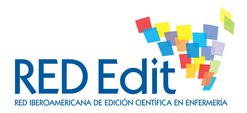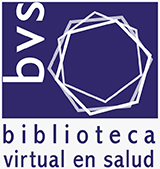SOCIODEMOGRAPHIC AND OBSTETRIC ASPECTS OF SEVERE MATERNAL MORBIDITY
Keywords:
Morbidity, pregnancy complications, high-risk pregnancy, risk factors, obstetric nursingAbstract
Objective: Identify sociodemographic, obstetric and health aspects of women who experienced severe maternal morbidity in a tertiary care hospital. Method: A descriptive study, cross-sectional and hospital-based involving 78 women. Data collection was carried out through structured interviews and review of medical records and data were analyzed using descriptive statistics. Results: 24.4% of participants were pregnant and 75.6% were in the postpartum period, the average age was 28.8 years. 35.9% were primiparous and primary diagnoses were hypertensive disorders, 83.3% and 16.7% other morbidities. It is noteworthy that 15.4% of participants met more than one criterion during the time of admission and 73.0% had six or more prenatal consultations. Conclusion: Hypertensive syndromes were the first causes of severe maternal morbidity, and prenatal care provided was highlighted. The results provide implications for the funding of mechanisms to assist women who have suffered from severe maternal morbidity events associated with obstetric and sociodemographic aspects. There is a need to characterize and monitor severe maternal morbidity in obstetric care to develop actions to promote and improve the health care provided to these women. Knowledge of the mains diagnosis presented by women with severe maternal morbidity are important for the practice of nurses working in this area, because it allows for the implementation of changes in the care model for women and their families, with a view to the attainment of safe motherhood in our country.
Downloads
Published
How to Cite
Issue
Section

This work is licensed under a Creative Commons Attribution 4.0 International License.













